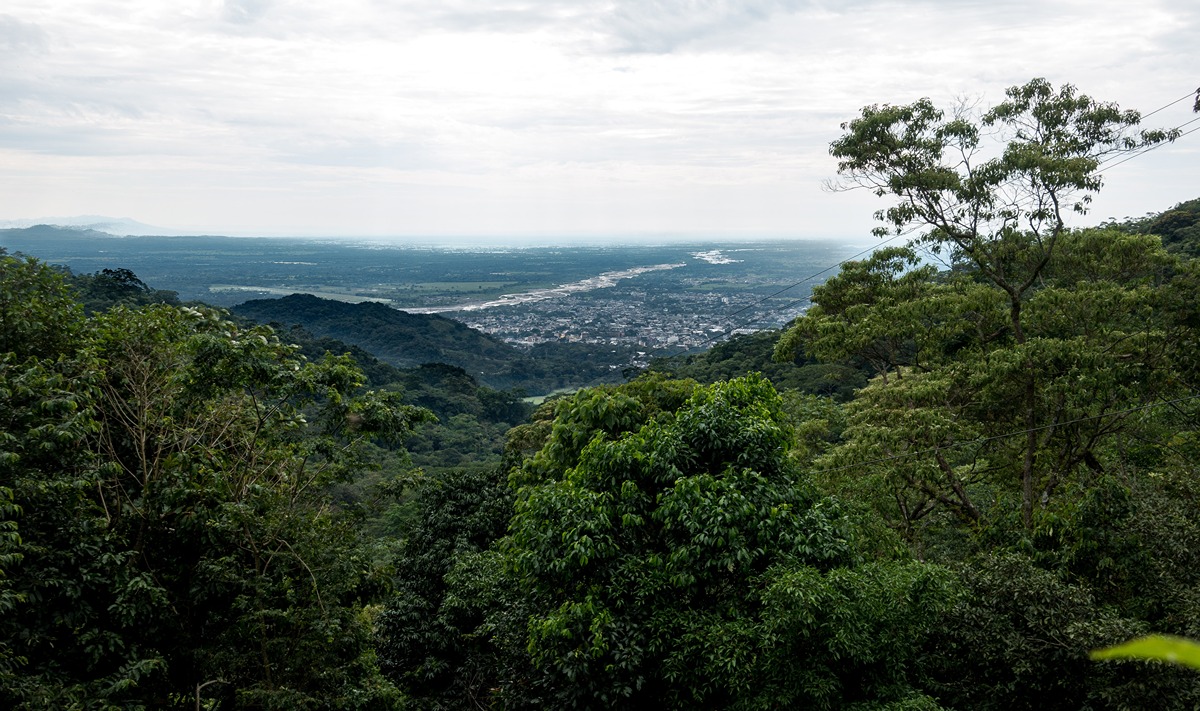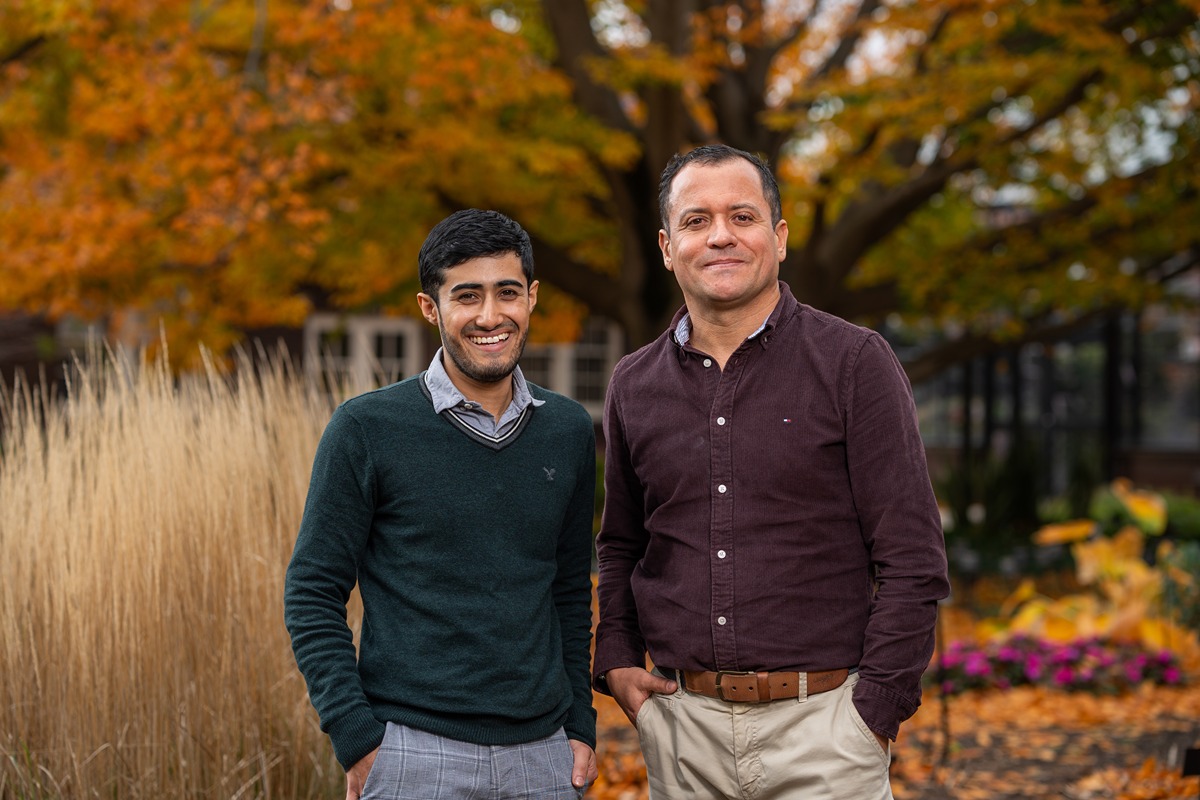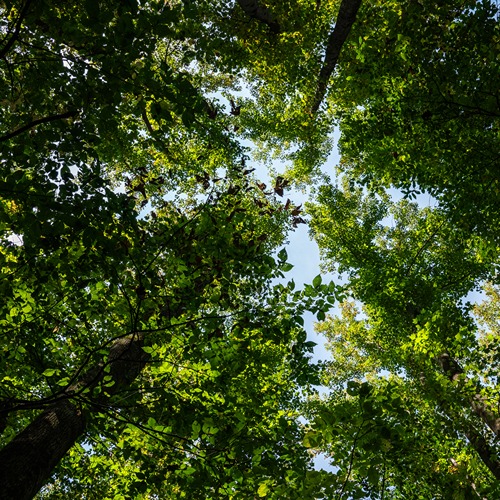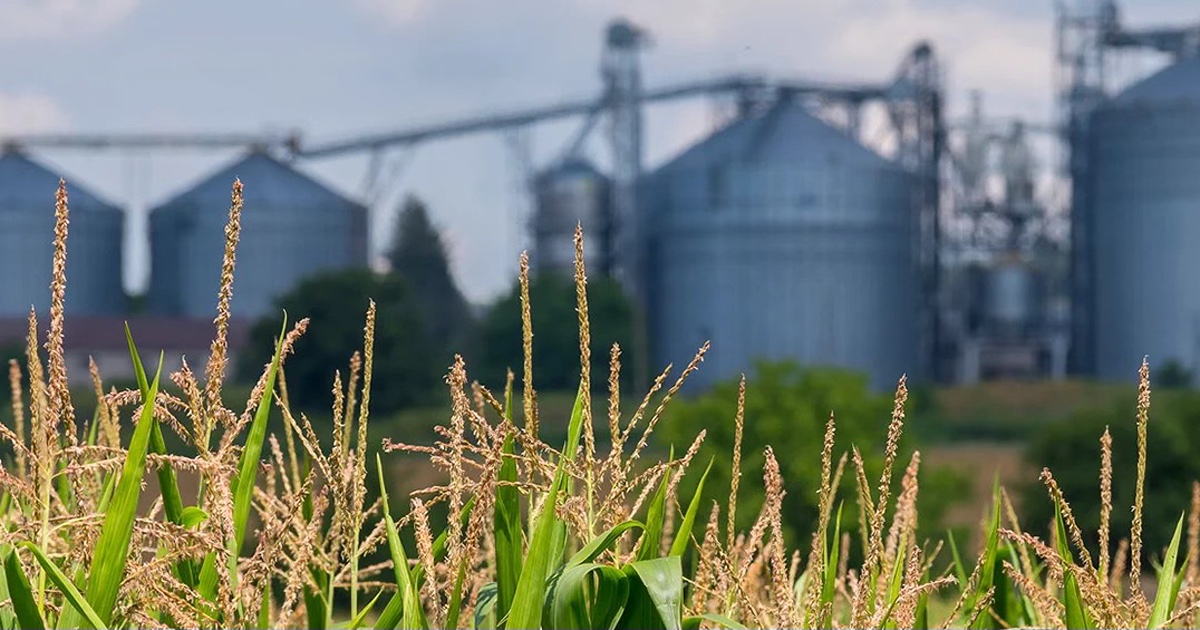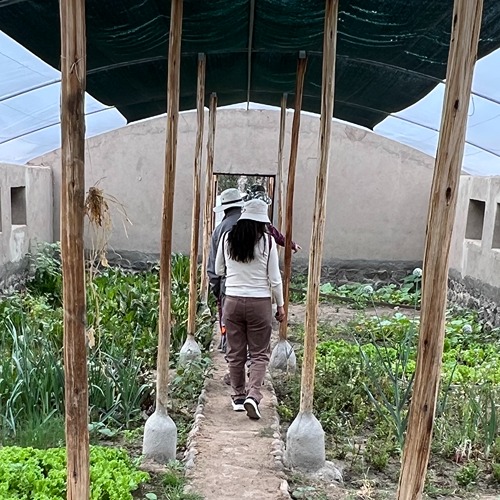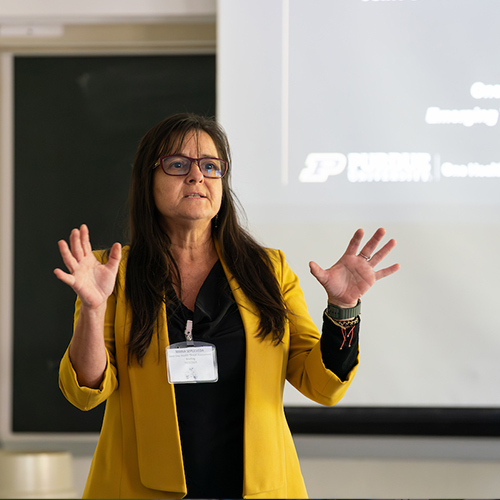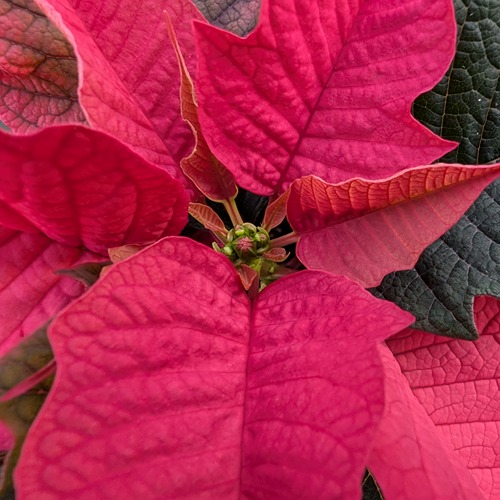Coffee companions—why Colombian coffee farmers are planting legumes
Asking Colombians Hernán González-Osorio and Cristian Salinas how the coffee they get in the United States compares to the coffee from their home garners a quick, knowing glance between the two and then a roar of full-body laughter.
Coffee is a true cultural staple in Colombia. The warm, rainy weather allows it to be grown and consumed year round and gives it a distinctive acidic taste, delicate body and fresh smell. Salinas said his family would make a big pot of black coffee, called “tinto,” before anything else in the day.
“We drink two cups before breakfast, milk cows and grab eggs, drink more coffee, make arepas with coffee, and eat lunch with coffee. If you’re not hungry, you drink coffee. If you’re too hot, you drink coffee,” Salinas said.
Coffee is also central to Colombia’s economy. It provides one million jobs directly and two million indirectly. The coffee is grown on small farms owned and managed by 560,000 families and exported around the world.
Purdue’s College of Agriculture has a strong partnership with Colombia that supports these growers. Scholars from both regions visit and research alongside one another. Lori Hoagland, a Purdue professor of horticulture and landscape architecture, was a Fulbright scholar in Colombia’s Andes mountains in 2019, and is now mentoring Salinas as he completes his doctorate in her lab.
When Hoagland and Salinas took a trip to Colombia together, they met González-Osorio at Cenicafé, the National Coffee Research Center. González-Osorio had previously been an intern at Purdue and had then returned to his country to design growing practices for sustainable coffee farming. Currently, he is growing two species of legumes in between rows of coffee in the regions of Caldas, Quindio and Cauca in Colombia’s central mountain range.
Like most crops, coffee requires a high input of nitrogen, a plant nutrient important for them to make green chlorophyll that absorbs light for their energy production. Without enough nitrogen, plants turn yellow, lose their leaves, and coffee yield is reduced by up to 90%.
“Fertilization is one of the most important practices to achieve an adequate coffee production and quality,” González-Osorio said. “The coffee growers mainly use chemical fertilizer, but there’s a great issue with that—nearly all these fertilizers are imported to Colombia, so they are highly sensitive to market price.”
The global market price of fertilizers has risen steeply in the last few years, due to global factors such as wars in other countries and the COVID-19 pandemic. Chemical fertilizers have become less accessible and more expensive for small family coffee farms. So, González-Osorio and his Cenicafé colleagues are getting creative in how to replenish Colombia’s soil nutrients.
Legumes, or plants that produce beans, are known for their ability to increase the nitrogen in soil. They are one of the few species of plants that can form root nodules, spherical bumps on their roots that house a bacteria called Rhizobia. The plant feeds these bacteria sugars in return for usable nitrogen, which the bacteria fix from the atmosphere. Thus, the legumes accumulate nitrogen within their biomass, or living tissues.
González-Osorio is hoping legumes can reduce Colombia’s dependence on chemical fertilizers, specifically the genera Tephrosia and Cajanus. While Cajanus could be harvested and consumed, their purpose is to be a companion to the coffee plant. Coffee doesn’t produce in its first two years of growth, so the legumes provide them shade and, eventually, nutrient-rich biomass.
Before the coffee flowers the next year, farmers cut the legume bushes down and apply that nitrogen-heavy plant material around the coffee as a “green manure,” or a natural, living fertilizer. While it does not fully replace the need for chemical fertilizer, the legumes provide a partial substitution and save farmers money.
“In order to face climate change, we are planting legumes to maintain the humidity in soils. At the same time, we are increasing the carbon or organic matter in the soils with the green manure, which makes it more fertile,” González-Osorio said.
Salinas’ lab work at Purdue focuses on how microbes, like bacteria and fungi, interact with plants and soil. He searches for ways to optimize a microbiome to enhance sustainable food production. Upon hearing about González-Osorio’s project, he was interested to find out what was going on underground when these companion plants were added to a field.
“We wanted to find out what bacteria and fungi were there,” Salinas said. “And, then we could evaluate and predict what roles those microbes could be playing.”
To comply with Colombia’s regulations to protect biological and genetic resources, González-Osorio lyophilized root samples of coffee plants in each region and under the different legume varieties—a process that dehydrated the samples under cold conditions, preserving the plant tissue and DNA.
After performing microbiome analyses on these samples, Salinas found that “the impact of the legumes was totally different based on location.” This informed him and González-Osorio that “any approach we take on microbiome-coffee-soil interactions should be location focused.”
Just as González-Osorio and Salinas had hoped, the legumes improved soil health and the diversity of microbes present. Treatments with legumes had a greater prevalence of bacteria with functions in helping a plant uptake nitrogen. Unexpectedly, however, treatments without legumes had a higher prevalence of so-called “free-living,” or diazotrophic, bacteria with functions in nitrogen fixation. While more testing is required, Salinas hypothesizes that the coffee plants without legumes formed more nitrogen-fixation relationships to compensate for the missing benefits from legume companion crops.
Salinas also discovered that the legume intercrops help coffee plants make several associations with arbuscular mycorrhiza, a type of fungus that grows underground that is made up of long, thin strands invisible to the naked eye. Because these fungi can grow into small pores in the soil that plant roots cannot reach, they can find more nutrients and water to help the coffee plants thrive.
While Colombian farmers are already adopting the practices set forth by González-Osorio and Cenicafé, he is continuing to test them for the next two years. Salinas is joining him on that mission, excited to ask more questions about coffee’s microbiome and strengthen the connection between Purdue and the coffee-growing regions of Colombia, even if that means drinking American coffee a little while longer.
Both hailing from farms themselves, Salinas said he and González-Osorio are proud of their heritage, their coffee, and their work showing how “people coming from rural backgrounds can do so many interesting things in agriculture and sustainability.”

